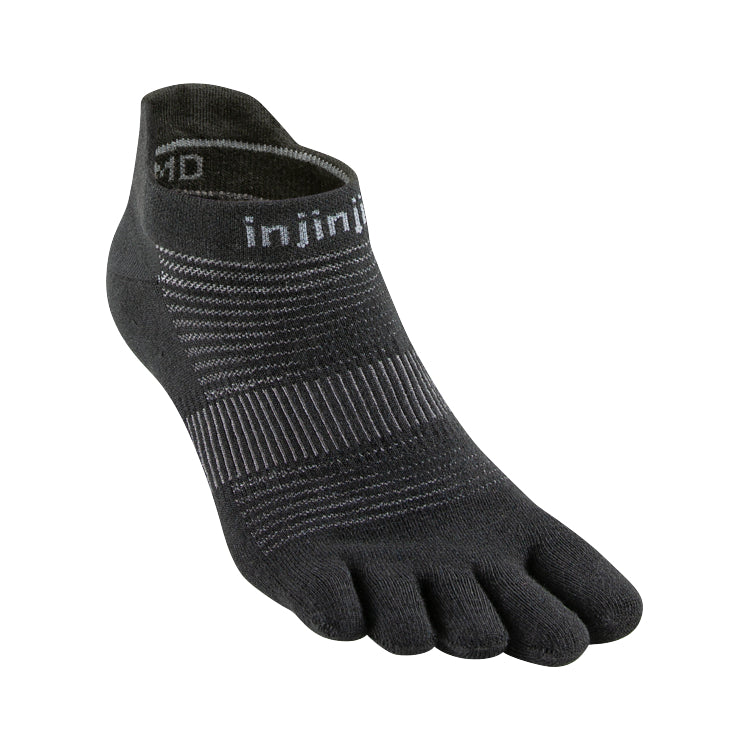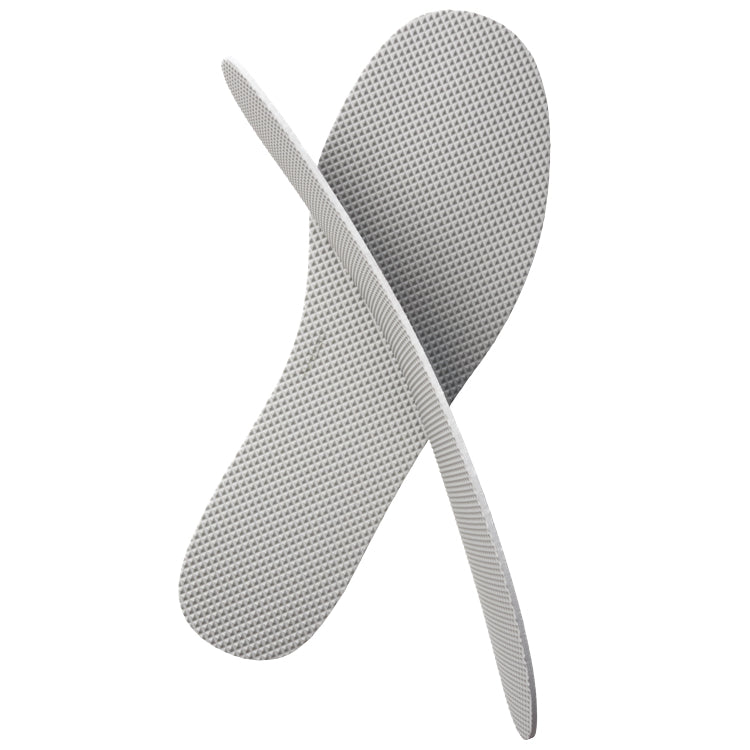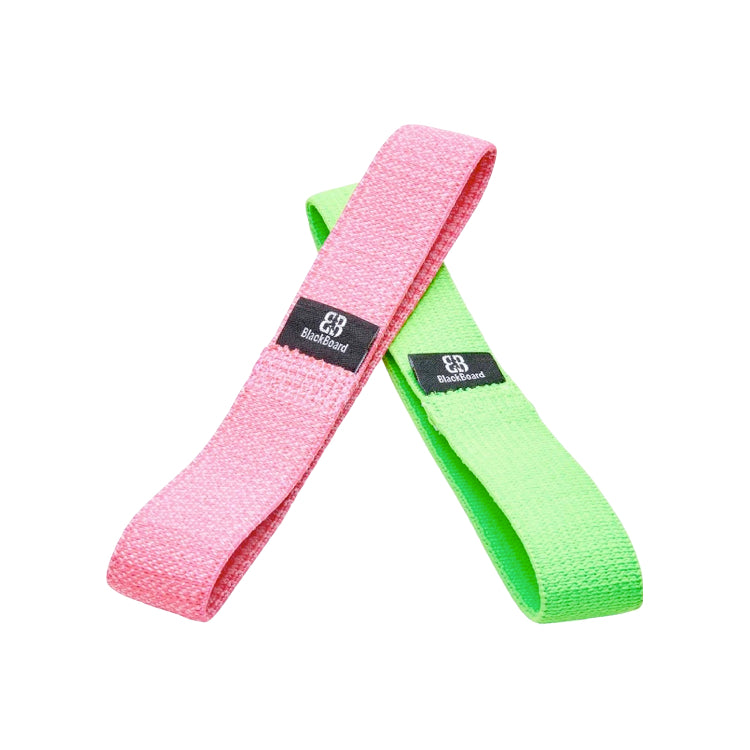
Severe pain, swelling, bruising, and an inability to bear weight are symptoms that could indicate a serious foot problem. Damage to your foot's muscles, tendons, ligaments, or bones, along with foot and toe deformities, may be caused by trauma, overuse, or improper footwear. Though certain medical conditions can contribute to foot pain, shoes that prevent the foot from functioning the way nature intended are a frequent cause of foot problems. In addition to swelling, bruising, and an inability to bear weight, three of the most common foot symptoms are:
1. Pain
2. Numbness
3. Decreased range of motion
We'll take a closer look at each of these symptoms here, as well as possible underlying causes of them.
1. Pain
Pain is perhaps the most common of all foot symptoms. Foot pain is often the result of inappropriate footwear, though traumatic injuries—especially ones that occur during sports activities—can cause foot and ankle pain too. You may experience foot pain in one or more parts of your foot, including your toes, ball of foot, arch area, heel, and ankle. Foot pain can result from the following problems: Achilles tendinosis, bone bruises, gout, neuromas, plantar fasciosis, rheumatoid arthritis, and stress fractures. Foot pain may also be caused by blisters, bunions, bursitis, foot muscle cramps, ingrown toenails, and lacerations. Foot pain can appear quickly or develop slowly over time, depending on the cause of the pain, and the severity of foot pain can range from mild to marked. Foot pain is particularly problematic if you’re required to stand during work, as the pain can significantly reduce your ability to ambulate and perform work tasks or activities of daily living.
2. Numbness
Numbness in the feet is often is the result of nerve impingement or nerve damage, and it can be caused by numerous health problems, including diabetes, Buerger's disease, and vitamin B12 deficiency, among other causes. Diabetes is a common cause of foot numbness, and nerve damage is one of the principal consequences of diabetes. Alcohol consumption can increase the rate of nerve damage in diabetics, deadening the nerves and increasing the possibility of cuts or injury (due to reduced sensation). Buerger's disease—which occurs most frequently in smokers—is characterized by acute inflammation and clotting of the arteries in the hands and feet, and foot numbness is a common symptom of this disease. Vitamin B12 deficiency involves a decrease in vitamin B12 due to inadequate dietary intake or impaired absorption, and there is a clear link between vitamin B12 deficiency and peripheral neuropathy, which causes numbness and tingling in the feet.
3. Decreased Range of Motion
Decreased foot range of motion is symptomatic of disuse or traumatic foot injuries, such as fractures or ligament sprains. Sprained ankles are one of the most common injuries, experienced by about 25,000 people each day. The most common type of ankle sprain is an inversion sprain, which occurs when an unguarded foot and ankle rapidly and forcefully roll inward. The resulting pain, swelling, and inflammation in the foot and ankle can significantly reduce the foot and ankle's range of motion and can take a significant amount of time to heal, depending on the severity of the sprain (mild, moderate, or severe). Decreased foot range of motion may also be caused by long-term foot and ankle immobilization, which may occur following surgery or casting. For decreased foot and ankle range of motion, healthcare professionals typically employ rehabilitative techniques that target foot and ankle flexibility while stabilizing the injured joint.
Conclusion
Foot symptoms vary widely from person to person, based on the underlying cause and severity of the problem. In many cases, multiple symptoms may occur simultaneously. In all cases, it's important to have your foot symptoms assessed by a healthcare professional to ensure a timely recovery from your problem or a worsening of your condition. Always consult your physician before beginning any treatment regimen designed to address your foot symptoms.

WANT TO IMPROVE YOUR FOOT HEALTH?
Let the team at Natural Footgear help you! Subscribe to our newsletter for the latest offers and helpful info, and sign up for our FREE email courses on various topics and foot health conditions.
Sign Up →
Want to Improve Your Foot Health?
We are here to help you every step of the way. Get our newsletter for the latest offers and helpful info, and sign up for our FREE email courses on various topics and conditions, including bunions, hammertoes, neuromas, plantar fasciosis, shin splints, ingrown toenails, and more.
Sign Up →
 Your feet are one of the most important parts of your body. They accept and disperse tremendous forces during standing, walking, and running (e.g., walking 1 mile places 60 tons of stress on each foot), and they possess extraordinary strength, integrity, and endurance. Although your feet are resilient and capable of bearing considerable forces, too much stress can cause pain or discomfort—especially if your foot is held in a deformed...
Read more
Your feet are one of the most important parts of your body. They accept and disperse tremendous forces during standing, walking, and running (e.g., walking 1 mile places 60 tons of stress on each foot), and they possess extraordinary strength, integrity, and endurance. Although your feet are resilient and capable of bearing considerable forces, too much stress can cause pain or discomfort—especially if your foot is held in a deformed...
Read more











